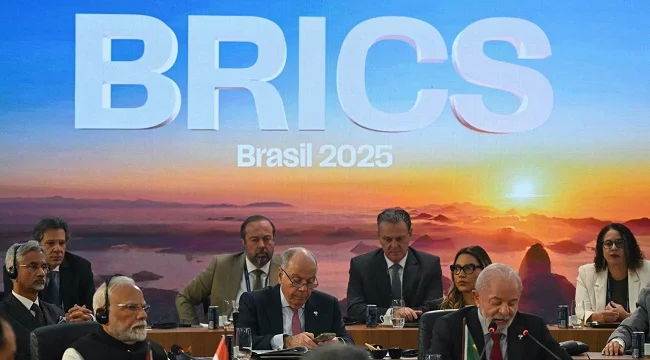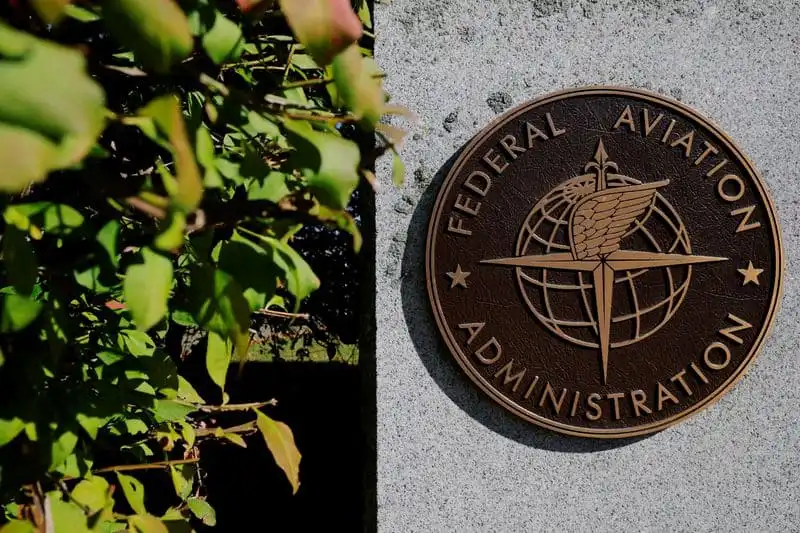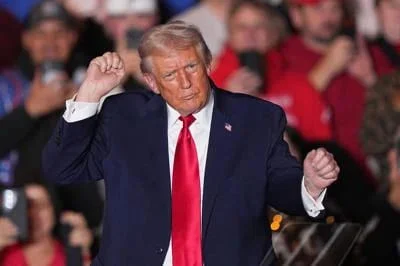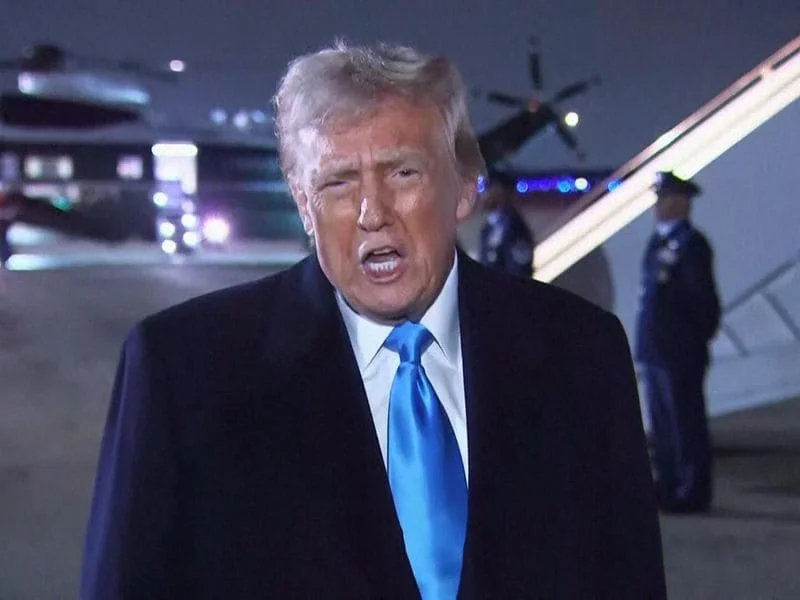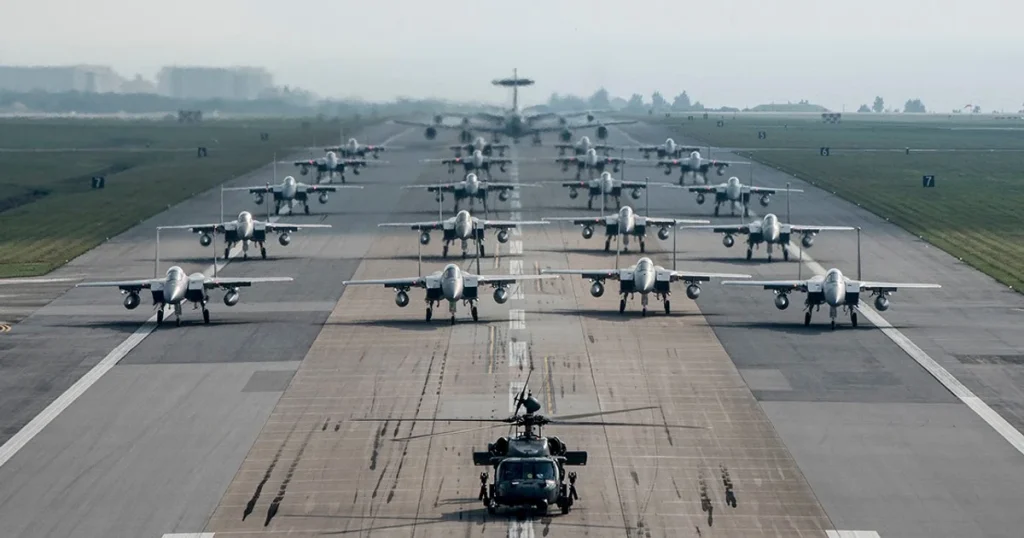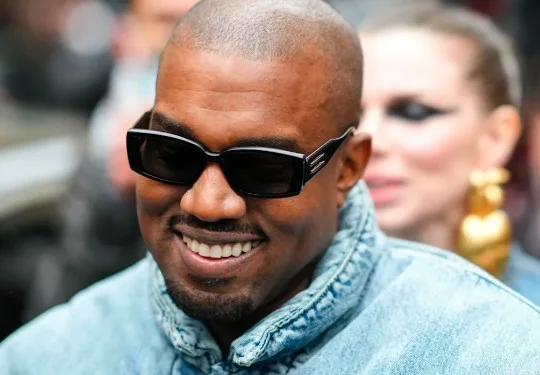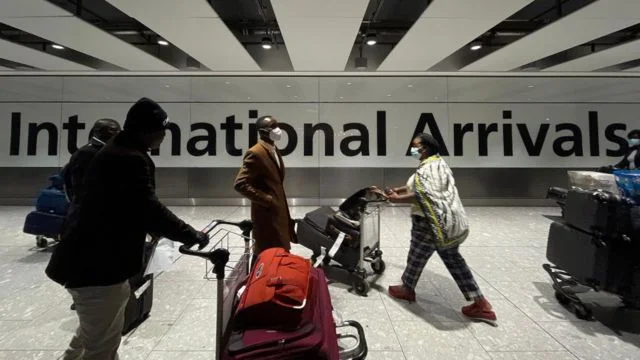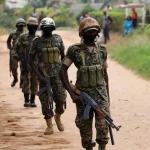The BRICS bloc, comprising Brazil, Russia, India, China, South Africa, and newer members Egypt, Ethiopia, Indonesia, Iran, and the United Arab Emirates, convened in Rio de Janeiro on July 6–7, 2025, issuing a declaration condemning rising tariffs and military strikes on Iran without naming U.S. President Donald Trump or Israel.
The summit, overshadowed by Middle East tensions and trade disputes, highlighted internal divisions, with China’s President Xi Jinping absent for the first time since 2012 and Russia’s President Vladimir Putin joining via videoconference due to an International Criminal Court (ICC) arrest warrant related to Ukraine.
Summit Declaration and Key Issues
The 31-page BRICS declaration expressed “serious concerns” over unilateral tariffs, deeming them “inconsistent with WTO rules” and warning they threaten global trade, supply chains, and economic stability.
It also criticized attacks on Iran’s nuclear facilities, calling them a breach of international law, and voiced concern for Gaza’s humanitarian crisis, advocating a two-state solution without directly condemning Israel.
The group avoided criticizing Russia, mentioning Ukraine only once while condemning Ukrainian attacks on Russian infrastructure.
Brazil’s President Luiz Inácio Lula da Silva, the summit host, criticized NATO’s plan to increase military spending to 5% of GDP by 2035, stating, “It is always easier to invest in war than in peace.”
Trump’s Tariff Threats
Late on July 6, Trump announced on social media that countries aligning with BRICS’ “anti-American policies” would face an additional 10% tariff, escalating tensions after his earlier threat of 100% tariffs if the bloc undermines the U.S. dollar.
This follows his April 2025 tariff announcements, set to take effect August 1 for non-compliant countries.
The BRICS bloc, representing nearly half the world’s population, has pushed for alternatives to U.S.-dominated payment systems to evade Western sanctions, a move led by Russia at the 2024 Kazan summit.
South Africa recently clarified it does not support a BRICS currency, aiming to avoid Trump’s tariffs.
Leadership Absences and BRICS Unity
The absence of Xi Jinping, who sent Premier Li Qiang, and Putin’s virtual participation underscored challenges to BRICS cohesion.
Egypt’s President Abdel Fattah al-Sisi and Iran’s President Masoud Pezeshkian also skipped the summit, with Iran represented by Foreign Minister Abbas Araghchi after seeking a stronger condemnation of U.S. and Israeli strikes.
Analyst Nyegray noted, “The withdrawal of key leaders confirms the difficulty for BRICS to establish itself as a cohesive pole of global leadership.”
Brazil’s Lula aimed to balance BRICS’ push for reforming Western-led institutions like the UN and IMF with avoiding U.S. retaliation, focusing on trade and global health to minimize friction with Trump.
Brazil’s Diplomatic Balancing Act
Lula emphasized BRICS as a platform for Global South voices, likening it to the Cold War’s Non-Aligned Movement, but avoided positioning it as anti-Western.
Brazil, the U.S.’s second-largest trading partner after China, sought to maintain economic ties while hosting the summit, G20, and COP30 in 2025.
Ana Garcia, a professor at Rio de Janeiro Federal Rural University, noted Brazil’s strategy to focus on “less controversial issues” like trade and health to avoid Trump’s ire.
A bilateral trade agreement with Vietnam, signed July 5, highlighted this approach.
Broader Implications
The summit’s cautious stance reflects BRICS’ struggle to unify diverse members with conflicting priorities.
While Russia and China push to counter U.S. influence, Brazil and India prioritize economic stability.
Trump’s tariff threats, including 25% on Canada and Mexico and 10% on China, risk escalating trade wars, with Goldman Sachs warning of Brent crude dropping to $66 per barrel.
BRICS’ call for multipolar governance continues, but its effectiveness hinges on overcoming internal divisions and external pressures.

